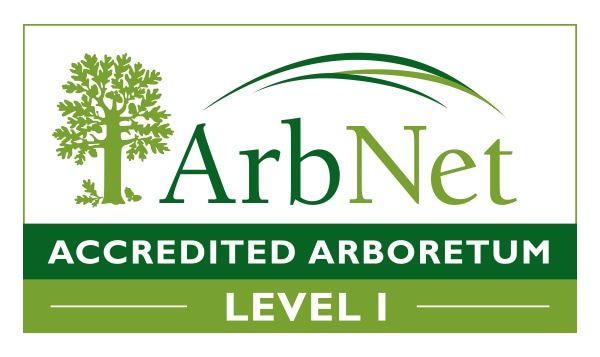The International Union for Conservation defines forest landscape restoration (FLR) as: “the ongoing process of regaining ecological functionality and enhancing human well-being across deforested or degraded forest landscapes. FLR is more than just planting trees – it is restoring a whole landscape to meet present and future needs and to offer multiple benefits and land uses over time” (https://www.iucn.org/our-work/topic/forests/forest-landscape-restoration). This definition resonates with our work as we seek to engage the community in restoring the premontane wet forest that once dominated this area.
Trees are our best allies. They absorb carbon emissions, regulate Earth’s temperatures, protect our water, and more. But they can only do their incredible work when we do ours properly. Tree-planting, which takes place in the short-term, does not do the holistic job of tree-growing, which is a long-term commitment that starts with thoughtful analysis well before a tree is planted and lasts indefinitely, even after a solid forest is standing. It involves selecting the right species for a particular location, caring for saplings during their vulnerable infancy, all the while engaging ongoing community support and investment to ensure the forest will not be cut down twenty years down the road.
Finca Cántaros has initiated several “tree-growing” projects that not only aim to provide ecosystem services such as carbon sequestration, protect water and enhance biodiversity, but also serve as educational and research spaces for the community, including:
The Children’s Forest of Coto Brus is a collaborative environmental education and forest restoration project between Finca Cántaros Environmental Association and multiple community partners including the San Vito Bird Club, Las Cruces Biological Station and Osa Conservation. It aims to expand the reach of the existing forest of Finca Cántaros, a restoration project started by Gail Hull in 1994 when she bought the property, and supporting the regional AmistOsa Biological Corridor efforts. The goal of this long-term “tree-growing” as opposed to short-term “tree-planting” project is to engage the participants in learning about and connecting to their forest over the years to come.
To learn more about some of the species planted in the Children’s Forest, please check out these excellent visual guides (in Spanish) created by our partner organization, The Morton Arboretum.
Finca Cántaros has worked with Finca Orgánica Tinamastes organic farmer Randy López (pictured holding the crate of “mountain microorganisms” on the left) to learn organic agriculture techniques based in traditional ecological knowledge that we apply to the cultivation, planting and maintenance of our trees in our forest restoration projects. The mountain microorganisms (MM) represent the fungus, bacteria, yeast and more, that result from the natural process of decomposition in the forest. We have reproduced these MM in solid and liquid form with participants in our Women Committed to the Earth program as well as the participants in a 12-week Organic Agriculture course that Randy taught at Finca Cántaros in 2023. These MM can also be used as inoculates in a variety of organic substrates and composts that we also apply to our trees as part of their ongoing stewardship, or what we call the “tree-growing” process. There is a notable difference in the growth and vibrancy of trees that receive applications of MM and/or organic composts compared to those that do not.
Finca Cántaros works with partner organization Soy Conservación and their Network of Community Tree Nurseries. Our tree nursery, established and run by our Women Committed to the Earth program, is part of the Network, and this allows for knowledge-exchange and capacity-building opportunities as we continue to grow, learn and scale up.


Finca Cántaros has partnered with Osa Conservation to support forest restoration in the AmistOsa Biological Corridor by forming part of their tree nursery network. The Osa Conservation-Finca Cántaros tree nursery is a win-win for both organizations. Finca Cántaros supports Osa Conservation in its mission to propagate thousands of native tree species to be planted out in restoration projects across the corridor by providing the space for the tree nursery and covering a percentage of maintenance costs. It is also an excellent environmental education space, as Osa Conservation staff create wonderful hands-on learning experiences for participants in the Finca Cántaros environmental education programs as well as volunteers working with both of our organizations.
Finca Cántaros has been awarded a Level I Accreditation by The ArbNet Arboretum Accreditation Program and The Morton Arboretum, for achieving particular standards of professional practices deemed important for arboreta and botanic gardens. The ArbNet Arboretum Accreditation Program is the only global initiative to officially recognize arboreta at various levels of development, capacity, and professionalism. Finca Cántaros is also now recognized as an accredited arboretum in the Morton Register of Arboreta, a database of the world’s arboreta and gardens dedicated to woody plants.

Finca Cántaros Environmental Association
1km south of San Vito Hospital
San Vito, Puntarenas Province
Costa Rica 60801
Email: info@fincacantaros.org
WhatsApp: +506 8951 8590
® 2023 Finca Cántaros. All Rights Reserved.